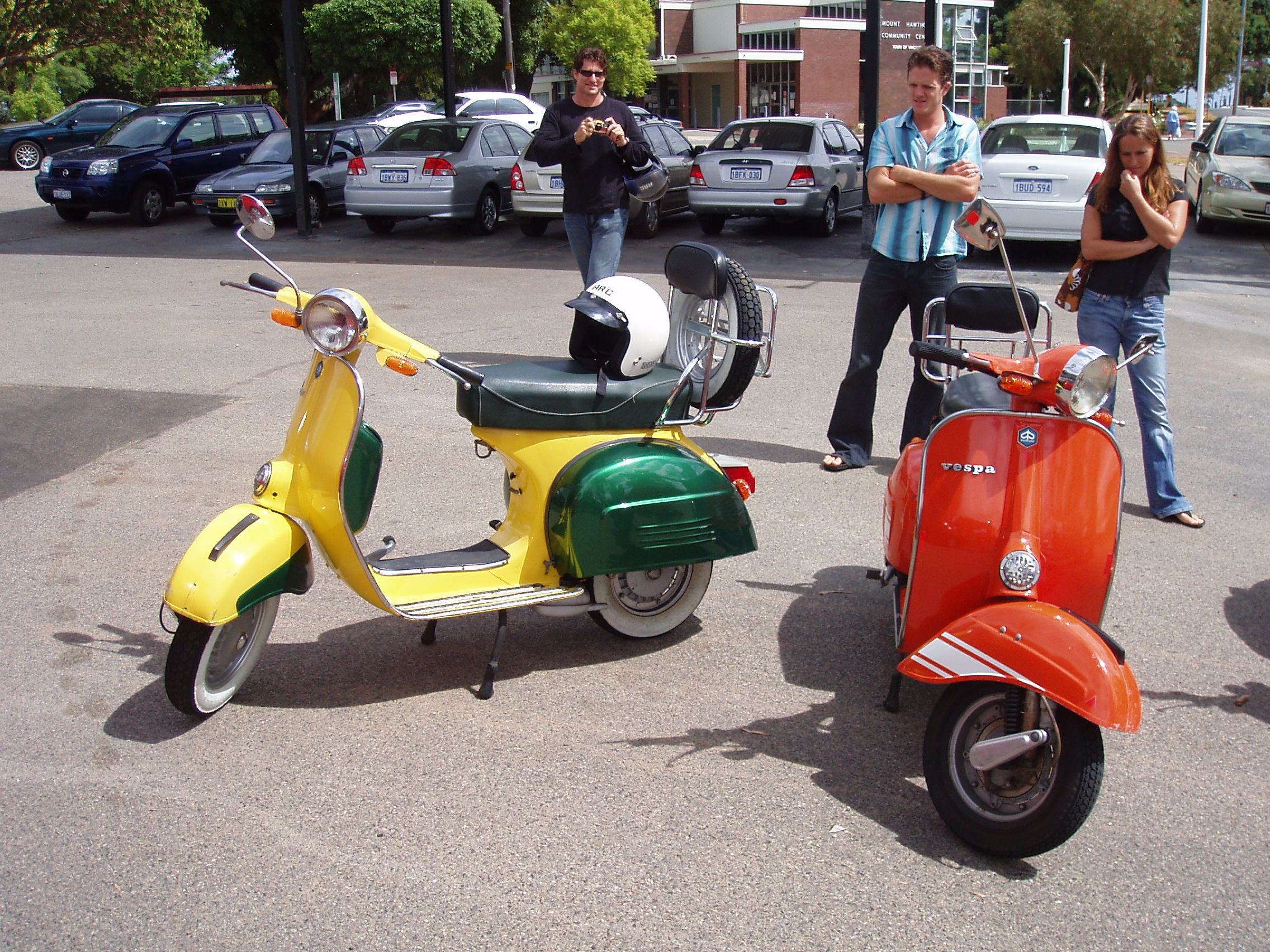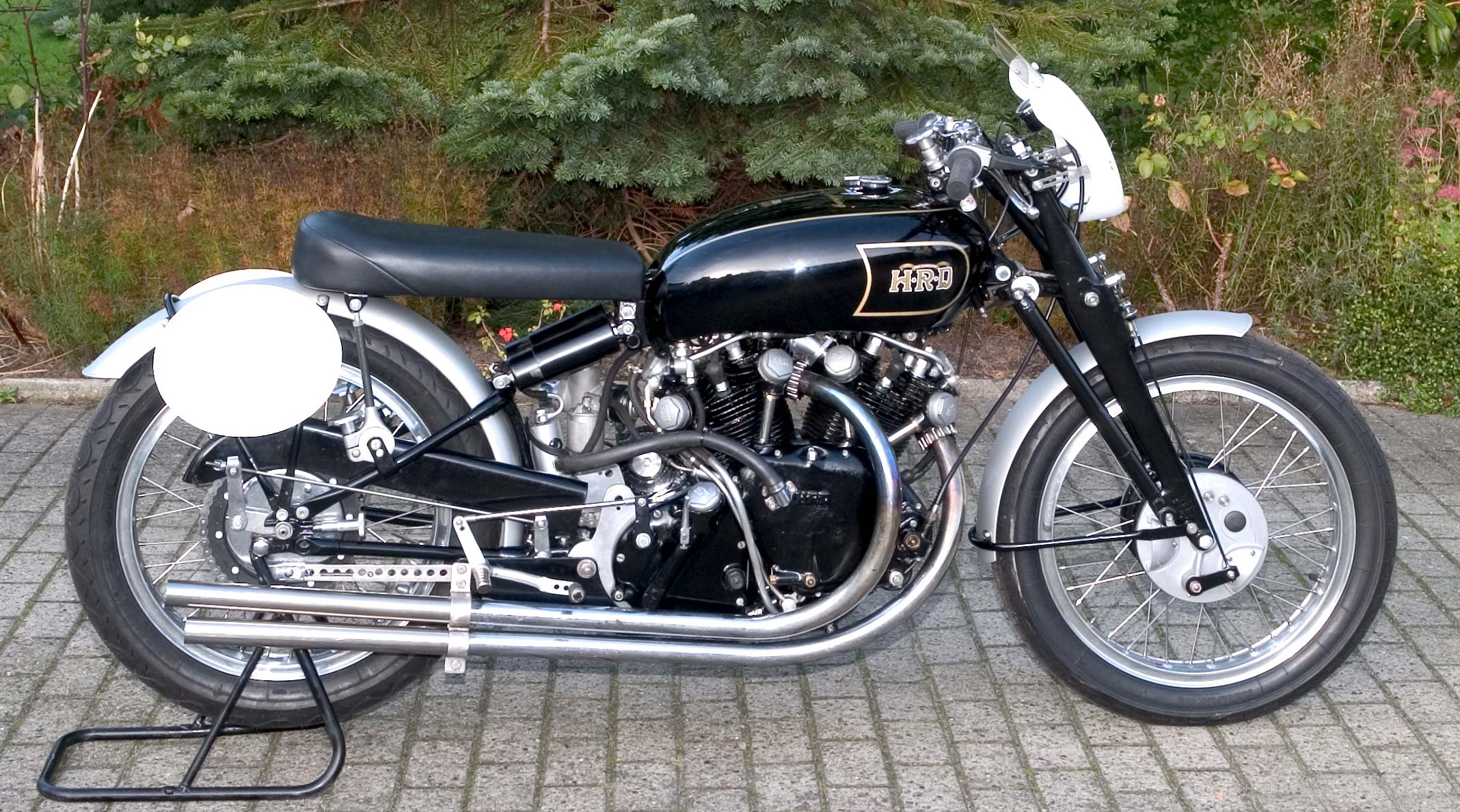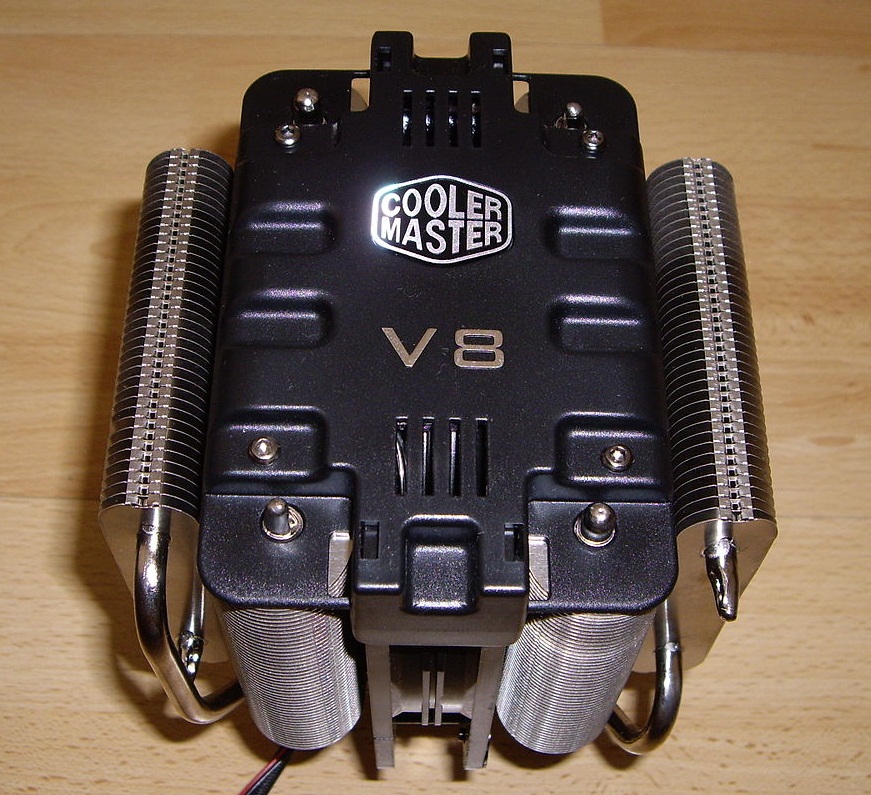|
Piaggio Sfera
The Piaggio Sfera is a scooter produced by italian motorcycle manufacturer Piaggio from 1990 to 1998. Presented at the Monte Carlo show in December 1990, it joined the Vespa in the 90's range of Piaggio motorcycles. The second series was born in 1995 and remained on the market until 1998. The first series was available in two displacements of 50 and 80 cm³. In the second series, the engine capacity of the registered version rose to 125 cm³. This was the first four-stroke engine made by Piaggio. First series (1990-1995) The result of a project costing over 50 billion Italian lire, its introduction on the market, which took place at the Monte Carlo show in December 1990, was a small revolution as it was the first Piaggio scooter made with a plastic body. Designed by Luciano Marabese and produced in the Piaggio factory in Pontedera, in a short time the Sfera gathered much acclaim, above all for its simplicity: the design was innovative with clean lines, while the reliable me ... [...More Info...] [...Related Items...] OR: [Wikipedia] [Google] [Baidu] |
Piaggio
Piaggio & C. SpA (Piaggio ) is an Italian motor vehicle manufacturer, which produces a range of two-wheeled motor vehicles and compact commercial vehicles under seven brands: Piaggio, Vespa, Gilera, Aprilia, Moto Guzzi, Derbi, and Scarabeo. Its corporate headquarters are located in Pontedera, Italy. The company was founded by Rinaldo Piaggio in 1884, initially producing locomotives and Railroad car, railway carriages. Piaggio's subsidiaries employ a total of 7,053 employees and produced a total of 519,700 vehicles in 2014. The manufacturer has six research-and-development centers and operates in over 50 countries. History In 1882, Enrico Piaggio purchased land in Sestri Ponente (Genoa) to set up a timber yard. Two years later, in 1884, his 20-year-old son, :it:Rinaldo Piaggio, Rinaldo Piaggio (1864–1938), founded Piaggio & C. The company initially built locomotives and railway carriages but in 1917, towards the end of World War I, Rinaldo Piaggio turned to the military sector ... [...More Info...] [...Related Items...] OR: [Wikipedia] [Google] [Baidu] |
Vespa
Vespa () is an Italian luxury brand of scooter (motorcycle), scooters and mopeds manufactured by Piaggio. The name means wasp in Italian. The Vespa has evolved from a single model motor scooter manufactured in 1946 by Piaggio & Co. S.p.A. of Pontedera, Italy to a full line of scooters and one of seven companies today owned by Piaggio. From their inception, Vespa scooters have been known for their painted, pressed steel unibody which combines, in a unified structural unit, a complete cowling for the engine (enclosing the engine mechanism and concealing dirt or grease), a flat floorboard (providing foot protection), and a prominent front fairing (providing wind protection). History After World War II, in light of its agreement to cease war activities with the Allies, Italy had its aircraft industry severely restricted in both capability and capacity. Piaggio emerged from the conflict with its Pontedera bomber plane plant demolished by bombing. Italy's crippled economy, and t ... [...More Info...] [...Related Items...] OR: [Wikipedia] [Google] [Baidu] |
Hybrid Electric Vehicle
A hybrid electric vehicle (HEV) is a type of hybrid vehicle that combines a conventional internal combustion engine (ICE) system with an electric propulsion system ( hybrid vehicle drivetrain). The presence of the electric powertrain is intended to achieve either better fuel economy than a conventional vehicle or better performance. There is a variety of HEV types and the degree to which each function as an electric vehicle (EV) also varies. The most common form of HEV is the hybrid electric car, although hybrid electric trucks (pickups and tractors), buses, boats and aircraft also exist. Modern HEVs make use of efficiency-improving technologies such as regenerative brakes which convert the vehicle's kinetic energy to electric energy, which is stored in a battery or supercapacitor. Some varieties of HEV use an internal combustion engine to turn an electrical generator, which either recharges the vehicle's batteries or directly powers its electric drive motors; this combinatio ... [...More Info...] [...Related Items...] OR: [Wikipedia] [Google] [Baidu] |
Saddle
The saddle is a supportive structure for a rider of an animal, fastened to an animal's back by a girth. The most common type is equestrian. However, specialized saddles have been created for oxen, camels and other animals. It is not known precisely when riders first began to use some sort of padding or protection, but a blanket attached by some form of surcingle or girth was probably the first "saddle", followed later by more elaborate padded designs. The solid saddle tree was a later invention, and though early stirrup designs predated the invention of the solid tree, the paired stirrup, which attached to the tree, was the last element of the saddle to reach the basic form that is still used today. Today, modern saddles come in a wide variety of styles, each designed for a specific equestrianism discipline, and require careful fit to both the rider and the horse. Proper saddle care can extend the useful life of a saddle, often for decades. The saddle was a crucial step ... [...More Info...] [...Related Items...] OR: [Wikipedia] [Google] [Baidu] |
Anti-theft System
Anti-theft systems protect valuables such as vehicles and personal property like wallets, phones, and jewelry. They are also used in retail settings to protect merchandise in the form of security tags and labels. Anti-theft systems include devices such as locks and keys, RFID tags, and GPS locators. Anti-theft Under normal circumstances, theft is prevented simply through the application, and social acceptance, of property law. The best anti-theft device ownership-marking, e.g. license plates, name tags, RFID. When clear owner identification is not possible, and when there is a lack of social observance, people may be inclined to take possession of items to their own benefit at the expense of the original owner. ''Motive'' and ''opportunity'' are two enabling factors for theft. Given that motives for theft are varied and complex, and are, generally speaking, not within the control of the victim, most methods of theft prevention rely on reducing opportunities for theft. Motive ... [...More Info...] [...Related Items...] OR: [Wikipedia] [Google] [Baidu] |
Motorcycle Suspension
A motorcycle's suspension serves a dual purpose: contributing to the vehicle's handling and braking, and providing safety and comfort by keeping the vehicle's passengers comfortably isolated from road noise, bumps and vibrations. The typical motorcycle has a pair of fork tubes for the front suspension, and a swingarm with one or two shock absorbers for the rear suspension. Front suspension The most common form of front suspension for a modern motorcycle is the telescopic fork. Other fork designs are girder forks, suspended on sprung parallel links (not common since the 1940s) and bottom leading link designs, not common since the 1960s. Some manufacturers (e.g. Greeves) used a version of the swinging arm for front suspension on their motocross designs. A single-sided version of the idea is also used in motor scooters such as the Vespa. The hub-center steering as developed by Ascanio Rodorigo, on a concept associated to Massimo Tamburini is a complex front swingarm alternat ... [...More Info...] [...Related Items...] OR: [Wikipedia] [Google] [Baidu] |
Drum Brake
A drum brake is a brake that uses friction caused by a set of shoes or pads that press outward against a rotating cylinder-shaped part called a brake drum. The term ''drum brake'' usually means a brake in which shoes press on the inner surface of the drum. When shoes press on the outside of the drum, it is usually called a '' clasp brake''. Where the drum is pinched between two shoes, similar to a conventional disc brake, it is sometimes called a ''pinch drum brake'', though such brakes are relatively rare. A related type called a band brake uses a flexible belt or "band" wrapping around the outside of a drum. History The modern automobile drum brake was first used in a car made by Maybach in 1900, although the principle was only later patented in 1902 by Louis Renault. He used woven asbestos lining for the drum brake lining, as no alternative dissipated heat like the asbestos lining, though Maybach had used a less sophisticated drum brake. In the first drum brakes, levers a ... [...More Info...] [...Related Items...] OR: [Wikipedia] [Google] [Baidu] |
Air Cooling
Air cooling is a method of dissipating heat. It works by expanding the surface area or increasing the flow of air over the object to be cooled, or both. An example of the former is to add cooling fins to the surface of the object, either by making them integral or by attaching them tightly to the object's surface (to ensure efficient heat transfer). In the case of the latter, it is done by using a fan blowing air into or onto the object one wants to cool. The addition of fins to a heat sink increases its total surface area, resulting in greater cooling effectiveness. There are two types of cooling pads that can used for air cooling: one is the honeycomb design and another one is excelsior. In all cases, the air has to be cooler than the object or surface from which it is expected to remove heat. This is due to the second law of thermodynamics, which states that heat will only move spontaneously from a hot reservoir (the heat sink) to a cold reservoir (the air). Derating at high ... [...More Info...] [...Related Items...] OR: [Wikipedia] [Google] [Baidu] |
Horsepower
Horsepower (hp) is a unit of measurement of power, or the rate at which work is done, usually in reference to the output of engines or motors. There are many different standards and types of horsepower. Two common definitions used today are the mechanical horsepower (or imperial horsepower), which is about 745.7 watts, and the metric horsepower, which is approximately 735.5 watts. The term was adopted in the late 18th century by Scottish engineer James Watt to compare the output of steam engines with the power of draft horses. It was later expanded to include the output power of other types of piston engines, as well as turbines, electric motors and other machinery. The definition of the unit varied among geographical regions. Most countries now use the SI unit watt for measurement of power. With the implementation of the EU Directive 80/181/EEC on 1 January 2010, the use of horsepower in the EU is permitted only as a supplementary unit. History The development of the stea ... [...More Info...] [...Related Items...] OR: [Wikipedia] [Google] [Baidu] |
Two-stroke Engine
A two-stroke (or two-stroke cycle) engine is a type of internal combustion engine that completes a power cycle with two strokes (up and down movements) of the piston during one power cycle, this power cycle being completed in one revolution of the crankshaft. A four-stroke engine requires four strokes of the piston to complete a power cycle during two crankshaft revolutions. In a two-stroke engine, the end of the combustion stroke and the beginning of the compression stroke happen simultaneously, with the intake and exhaust (or scavenging) functions occurring at the same time. Two-stroke engines often have a high power-to-weight ratio, power being available in a narrow range of rotational speeds called the power band. Two-stroke engines have fewer moving parts than four-stroke engines. History The first commercial two-stroke engine involving cylinder compression is attributed to Scottish engineer Dugald Clerk, who patented his design in 1881. However, unlike most later two-s ... [...More Info...] [...Related Items...] OR: [Wikipedia] [Google] [Baidu] |






